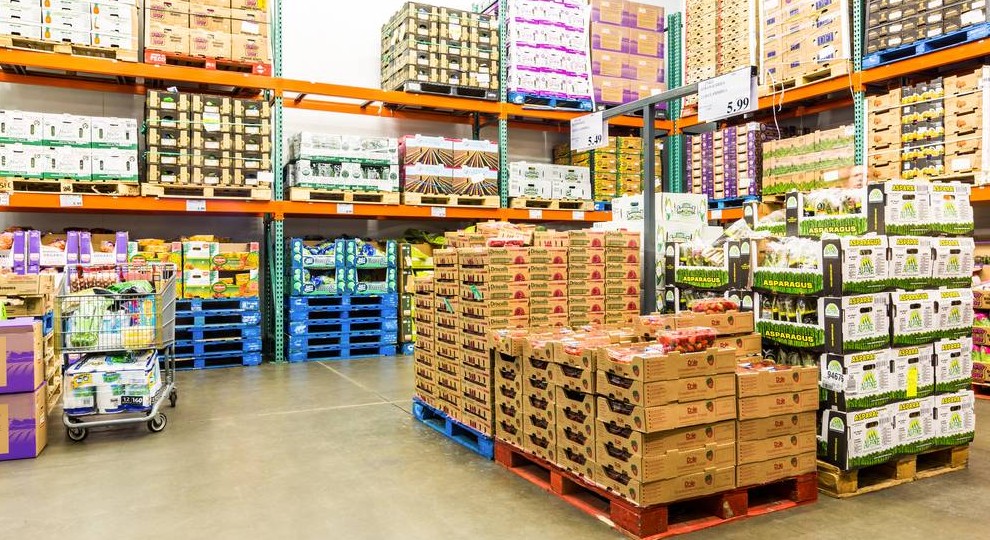How Convenience Store Distributors Hold Cabinets Stacked
Comfort shops provide quick use of crucial objects for millions of customers worldwide. But if you've ever wondered how these stores continually control to help keep their shelves filled with your favorite treats, liquids, and home requirements, the solution is based on the performance of Convenience Store Distributors. These behind-the-scenes participants make certain that stock administration goes seamlessly, keeping store homeowners and people from the stress of empty shelves. Here's how they do it.

Leveraging Knowledge for Supply Management
Distributors depend heavily on knowledge analytics to forecast demand and control inventory. By checking revenue developments, seasonal modifications, and client choices, distributors can correctly estimate which services and products are in high demand at any given time. Knowledge ideas not merely prevent overstocking but in addition reduce the chance of working out of important items. For instance, stuff like canned water and power products may see a spike in revenue all through summer, and distributors strategy appropriately to keep up availability.
Structured Offer Chains
An impressive degree of control across source restaurants is yet another technique distributors use to help keep cabinets stocked. They function closely with suppliers, warehouses, and suppliers to make sure a regular way to obtain goods. Several distributors use just-in-time (JIT) distribution models, which prioritize supplying items in sync with real-time keep demand. That diminishes storage charges while making certain shops have what they require exactly once they require it.
Multi-Stop Delivery Communities
Distributors use optimized supply channels and sites to make sure timely replenishments for numerous shops at once. With the aid of digital fleet management methods, individuals could make effective multi-stop deliveries, permitting shops for deliveries without needless delays. This method works specially properly for towns wherever ease shops are geographically dense.
Adapting to Client Traits
The sold goods business is consistently changing, with new products entering the market to meet changes in client preferences. Distributors stay agile by tracking these traits and easily introducing new services for their inventory. This adaptability helps convenience shops keep relevant and keep an advantage in aggressive markets. Whether oahu is the newest plant-based snack or an emerging energy drink company, distributors behave while the linchpin for bringing cutting-edge products and services to customers.
The Role of Technology
The use of sophisticated technology can not be overstated when discussing distributors'efficiency. Inventory checking systems, real-time connection instruments, and AI-powered automation improve operations, ensuring that distributors and keep owners may respond quickly to inventory shortages. Technology also helps hole problems such as for instance ended products and services or inconsistencies in deliveries, maintaining overall reliability.
Fundamentally, the smooth venture between convenience keep distributors, engineering, and knowledge analytics ensures cabinets remain well-stocked, enabling clients to find daily requirements whenever needed. Without these meticulous attempts, the easy buying knowledge all of us get for granted wouldn't be possible.
